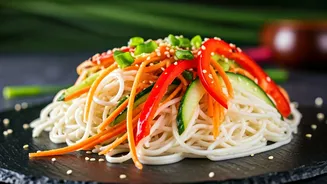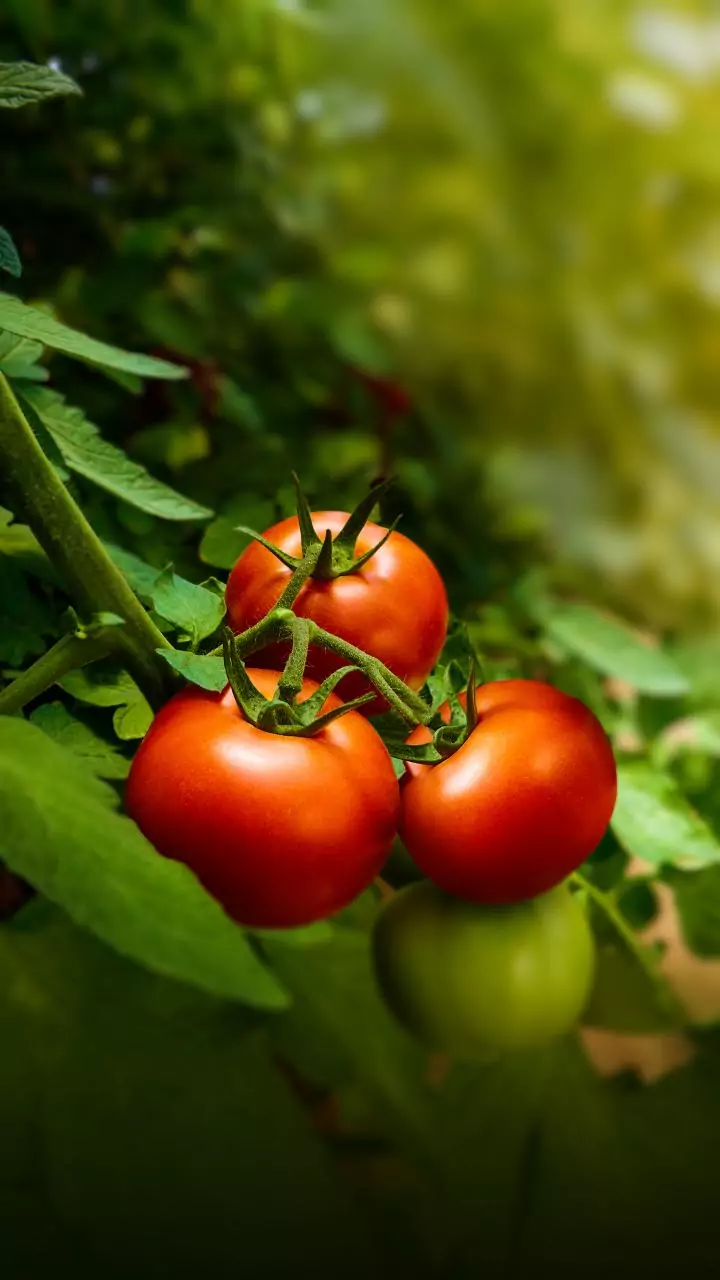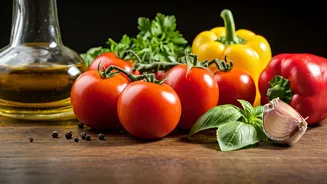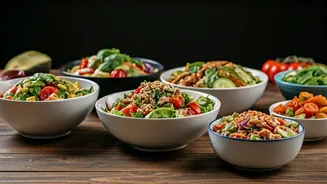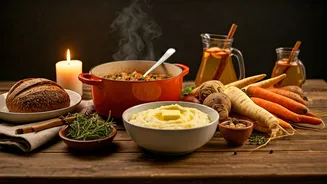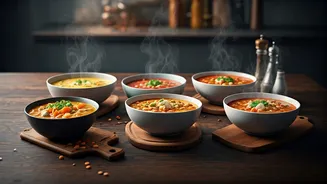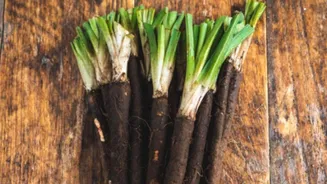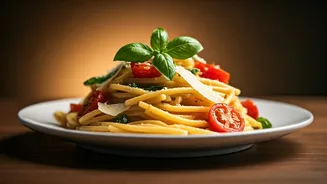Noodle Selection Matters
Choosing the right noodle is the foundation of an excellent cold noodle salad. The ideal noodle type significantly impacts the overall texture and how
well the sauce clings to it. For instance, wheat noodles like udon or ramen are excellent choices, offering a satisfying chewiness and a good surface for the sauce to adhere to. Rice noodles, such as vermicelli or flat rice noodles, also work well, presenting a lighter, more delicate texture. Avoid overcooking the noodles, as this can lead to a mushy salad. It is generally recommended to cook the noodles al dente and immediately rinse them under cold water to stop the cooking process and prevent them from sticking together. This step is crucial for achieving that perfect, refreshing bite in your cold noodle salad. Also, consider the thickness of the noodle, as thicker noodles can hold heavier sauces, while thinner ones are suitable for lighter dressings.
Sauce: Flavor is Key
The sauce is undeniably the star of any cold noodle salad, bringing all the elements together. It's the primary source of flavor and can elevate the dish from good to extraordinary. Building a well-balanced sauce involves combining various elements, typically including a base (such as soy sauce, tahini, or peanut butter), an acid (like rice vinegar or lime juice), a sweetener (such as honey or maple syrup), and an oil (like sesame oil or olive oil). To add depth, include ingredients like ginger, garlic, chili flakes, and sesame seeds. Experimenting with these components allows for a wide range of flavor profiles, from savory and umami-rich to tangy and spicy. Always taste the sauce as you go and adjust seasonings to your preference. Consider the noodles you've selected and what flavors complement them. For instance, a sesame-ginger sauce pairs wonderfully with wheat noodles, while a peanut sauce complements rice noodles. Ensure that the sauce coats the noodles evenly, for a harmonious flavor experience in every bite.
Toppings: Add Variety!
Toppings are the final flourish, enhancing both the flavor and texture of your cold noodle salad. Think of them as the supporting actors in your culinary production. You can use a mix of fresh vegetables, protein, and crunchy elements. Crisp vegetables such as shredded carrots, thinly sliced cucumbers, and bell peppers add vibrant colors and a refreshing crunch. Grilled or shredded chicken, tofu, or shrimp can be included to increase protein content. Don't forget the crunch factor: toasted sesame seeds, chopped peanuts, or crispy wonton strips bring added textural enjoyment. Herbs, such as cilantro or mint, can also be added for a burst of freshness. When choosing your toppings, think about flavor combinations and how they complement the sauce. For example, a peanut sauce would work great with chicken, peanuts, carrots, and cilantro, providing a perfect balance of flavors and textures. The toppings not only provide visual appeal but also add layers of flavor, making each bite an interesting experience.
Mixing It All
The final step involves the art of bringing everything together, and it's essential for achieving the best flavor distribution and overall experience. Begin by combining the cooked and cooled noodles with the sauce in a large bowl. Use tongs to gently toss the noodles until they are evenly coated with sauce. This step guarantees that every strand is infused with flavor. Next, add the toppings, but avoid overmixing at this point, as it can make the salad soggy. Instead, gently fold the toppings into the noodles to maintain their texture and freshness. You can consider assembling the salad just before serving to preserve the crispness of the toppings. If you want to prepare it ahead, store the noodles and sauce separately from the toppings and combine them right before serving. This will prevent the noodles from absorbing too much sauce and becoming mushy, ensuring a fresh and enjoyable dining experience. Remember, the goal is to create a visually appealing salad with a balance of flavors and textures.
